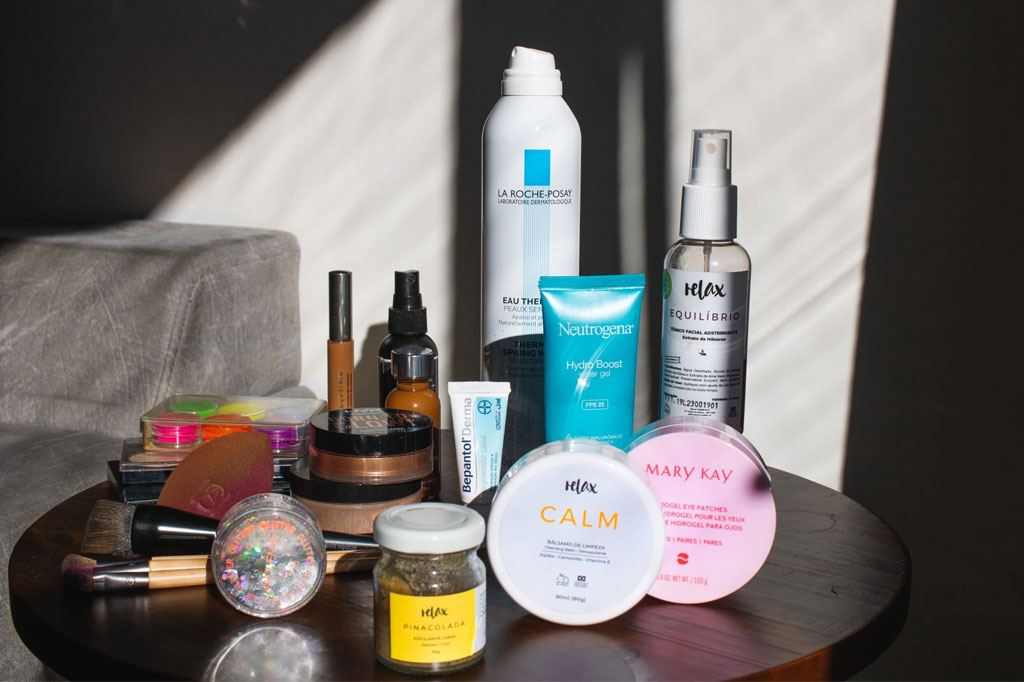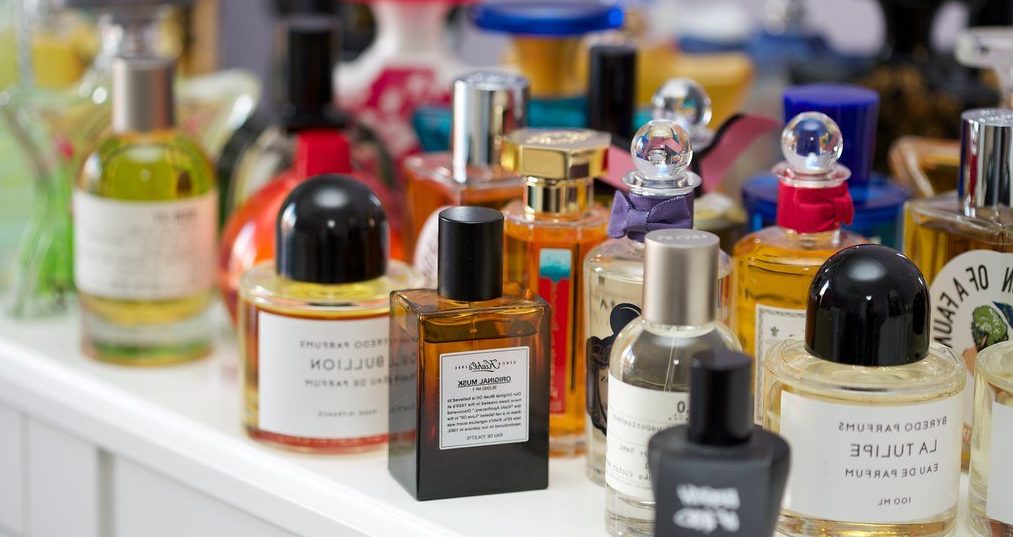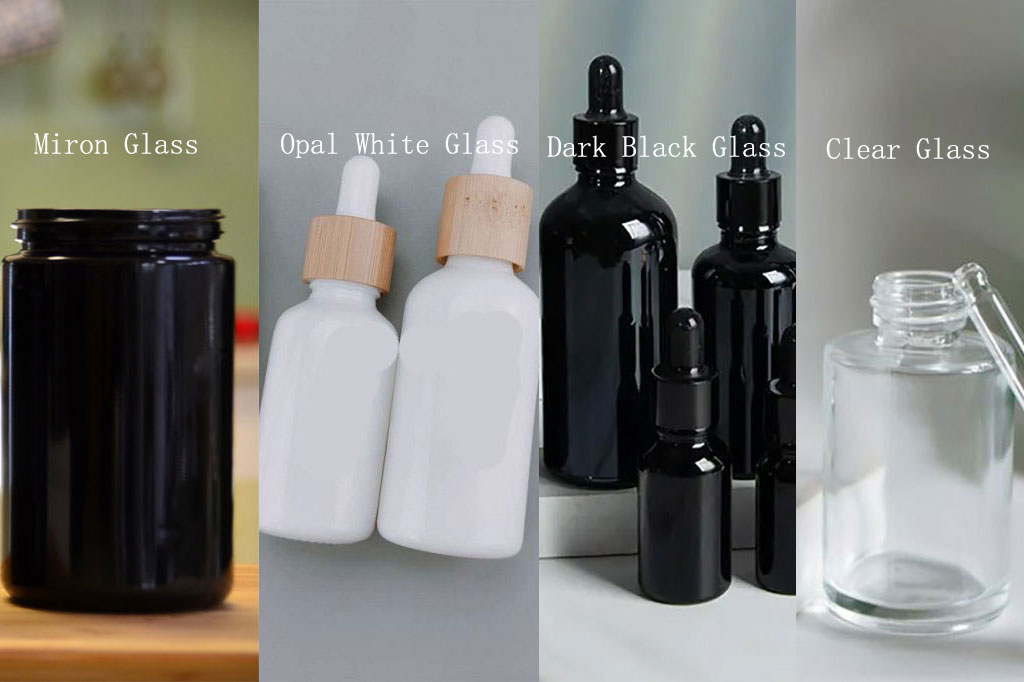When it comes to skincare products, packaging plays a critical role in not only the branding but also how consumers perceive the product itself.
Whether you’re a new skincare brand entering the market or an established name looking to refresh your aesthetic, deciding between a minimalist or luxury packaging approach is a crucial decision. The packaging you choose will impact your brand’s identity, the customer experience, and even your sales.
In this article, we’ll explore the key differences between minimalist and luxury packaging aesthetics for skincare brands and help you understand how to choose the right packaging for your brand’s values, target audience, and business goals.
Minimalist Skincare Packaging
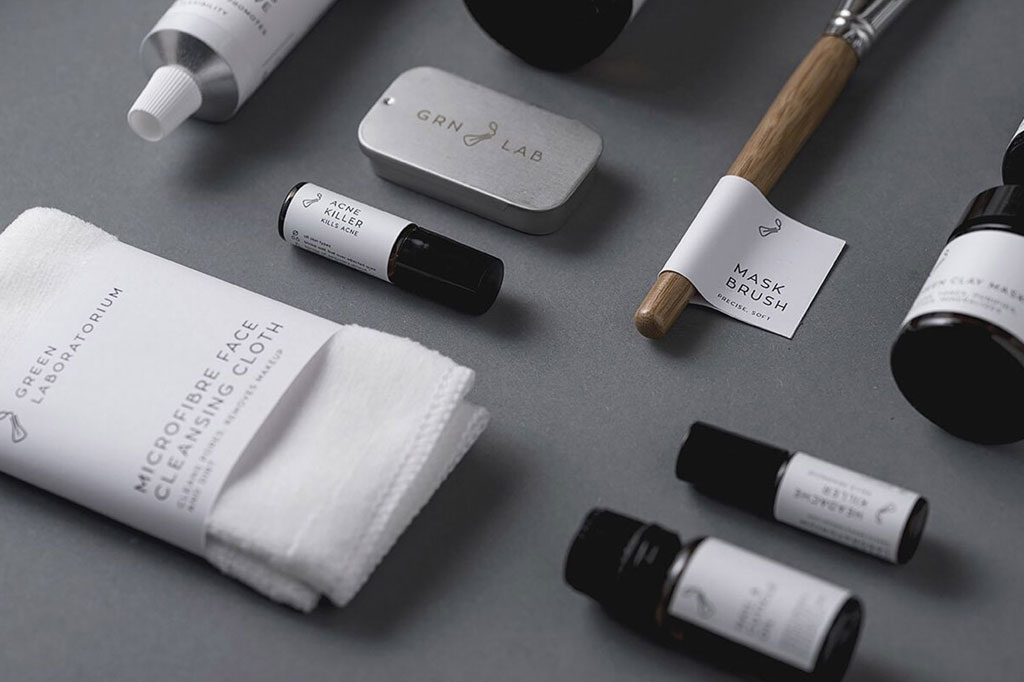
Minimalist design focuses on simplicity, clean lines, functionality, and subtle elegance, creating serene, uncluttered spaces. It often focuses on the essentials and eliminates unnecessary elements. When applied to skincare packaging, minimalist designs typically feature:
- Clean Typography: Simple, readable fonts with no elaborate embellishments.
- Neutral Color Palette: Soft, muted tones such as white, gray, beige, or pastels help to create a peaceful, tranquil environment.
- Uncluttered Labels: Clear, concise product information, with minimal text or graphics.
- Sleek and Simple Shapes: Bottles, jars, and containers with smooth, clean lines and geometric forms.
Minimalist packaging often reflects a brand’s commitment to purity, simplicity, and efficiency, aligning well with the values of certain skincare brands. For example, brands that emphasize natural ingredients, eco-consciousness, or wellness may choose minimalist packaging to convey these values effectively.
Benefits of Minimalist Packaging
- Appeals to a Broader Audience: Minimalist packaging has universal appeal. It appeals to a broad audience, from those seeking luxury items to those in search of affordable, effective skincare options. Its sleek elegance makes it versatile across different demographics and lifestyles.
- Cost-Effective: Minimalist packaging can be less expensive to produce because it typically involves fewer design elements and less complex manufacturing processes. The use of simpler materials can also reduce overall production costs.
- Environmental Friendliness: Many minimalist skincare brands emphasize sustainability, with packaging that often reflects this commitment. Without excessive decoration or bulky materials, minimalist packaging can be more eco-friendly, utilizing recycled materials or smaller, more efficient containers.
- Modern and Clean Aesthetic: The minimalist aesthetic exudes modernity and cleanliness. For skincare brands, this aligns with the idea of using pure, clean ingredients that deliver results without any gimmicks. The aesthetic also evokes a sense of calm and tranquility, ideal for wellness-focused brands.
Drawbacks of Minimalist Packaging
- Risk of Being Too Plain: Minimalist designs can sometimes be perceived as too basic or even forgettable. Without eye-catching elements or standout features, the product may blend in with competitors, especially if the market is saturated with similar minimalist designs.
- Limited Shelf Impact: In retail environments, where products compete for attention, minimalist designs may struggle to stand out on crowded shelves. The lack of elaborate design elements might make it harder for consumers to immediately recognize or remember the product.
Luxury Skincare Packaging
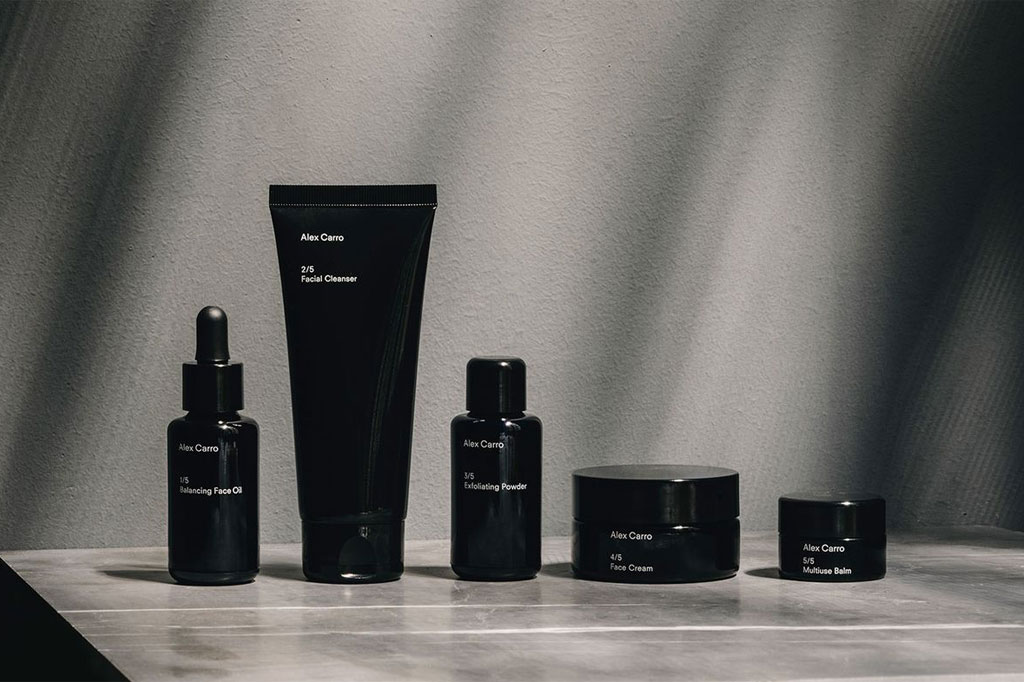
Luxury packaging, as the name suggests, is designed to convey exclusivity, high-end quality, and sophistication. It focuses on creating an opulent and indulgent experience for consumers. Key characteristics of luxury skincare packaging include:
- High-Quality Materials: Often made from glass, metal, or premium plastic, with luxurious finishes like matte or gloss coatings, embossed logos, or gold foil accents.
- Intricate Design: Intricate shapes, decorative accents, and refined patterns that convey sophistication and meticulous attention to detail.
- Bold Typography and Graphics: Often features bold, artistic fonts, intricate logos, and high-quality printing techniques.
- Premium Finishes: Use of luxurious finishes such as gold or silver accents, embossed patterns, and delicate touches like satin ribbons or velvet textures.
Luxury packaging is crafted to offer a sensory experience, enhancing the perceived value of the product. It’s about creating a sense of indulgence, prestige, and uniqueness that aligns with high-end skincare formulations and the exclusive nature of the brand.
Benefits of Luxury Packaging
- Increased Perceived Value: Luxury packaging can significantly elevate the perceived value of your skincare brand. Premium materials and detailed designs make consumers feel they are purchasing an exclusive item, justifying higher price points.
- Enhanced Brand Image: Luxury packaging aligns well with premium branding, allowing the brand to build a reputation for sophistication and exclusivity. This type of packaging can also reflect the luxury ingredients and advanced formulations often found in high-end skincare.
- Differentiation in the Market: In a crowded skincare market, luxury packaging can help a brand stand out. The attention to detail, elegant design, and quality materials can differentiate the product from other offerings on the market, attracting consumers who value the sensory experience of luxury.
- Emotional Connection with Consumers: Luxury packaging often forges an emotional bond with consumers. It enhances the unboxing experience and makes the customer feel special and pampered, which can foster brand loyalty and repeat purchases.
Drawbacks of Luxury Packaging
- Higher Production Costs: The materials, design, and manufacturing processes required for luxury packaging are often more expensive. This higher cost can increase the price of the product, which may not be suitable for every brand or market segment.
- Environmental Impact: Luxury packaging can sometimes be less environmentally friendly due to the use of high-end materials like glass, metal, and elaborate finishes. These materials may not always be recyclable or sustainable, potentially contradicting sustainability goals.
- Narrower Appeal: Luxury packaging tends to target a specific demographic, often consumers with higher disposable incomes or those seeking exclusive, high-end products. As a result, it may not appeal to a broader audience that seeks more affordable skincare options.
Choosing the Right Packaging for Your Brand
When deciding between minimalist and luxury packaging for your skincare brand, consider the following factors:
1. Brand Identity
Your packaging should reflect the core values of your brand. If your brand is focused on clean, natural beauty, minimalist packaging may better align with your messaging. If your brand emphasizes luxury, exclusivity, or high-end ingredients, luxury packaging may better convey your brand’s identity.
2. Target Audience
Consider the demographics of your target audience. If you’re targeting young, eco-conscious consumers who value sustainability and simplicity, minimalist packaging might be the best fit. Conversely, if your target audience is drawn to prestige and exclusivity, high-end packaging may be a better fit.
3. Price Point
Luxury packaging often corresponds with a higher price point, which may be justified by premium ingredients or a luxury brand identity. Minimalist packaging is more flexible and can suit both mid-range and affordable skincare lines.
4. Brand Story and Messaging
Your packaging should tell a story. If your brand emphasizes simplicity and practicality, minimalist packaging can effectively convey that message. If your brand is about indulgence and sophistication, luxury packaging will help reinforce that narrative.
5. Market Trends
Keep an eye on current trends in skincare packaging. Despite the rise in minimalist design, there remains a strong demand for luxury skincare products. Understanding market trends can help you stay competitive.

